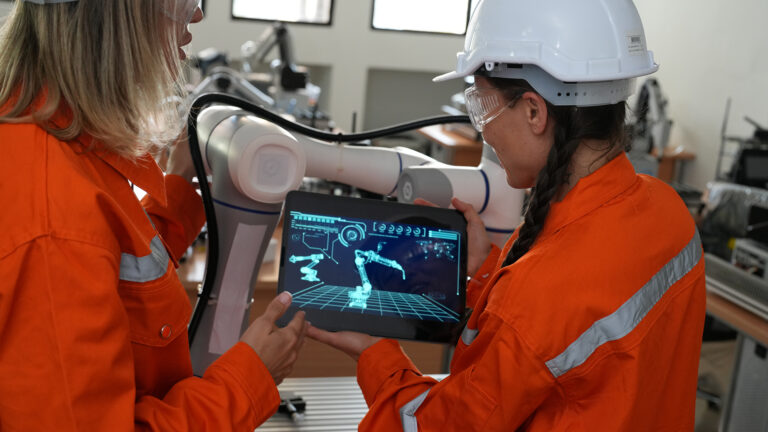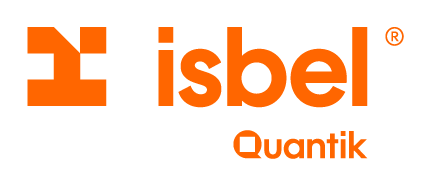Collinsville Community School District 10 in Collinsville, Illinois (USA) partnered with an IT solutions provider to build a private LTE network using Nokia technologies to bridge the digital divide and bring internet connectivity to approximately 500 students in the Fairmont City and State Park communities.
The problem: the digital divide
With the pandemic, home and distance learning accelerated, which demanded higher internet speeds, working with online, audio and video meetings; this became particularly difficult for those students in areas with slow internet speeds.
Ensuring continuity of education, everywhere from remote areas to rural and low-income urban areas, became more important than ever. The challenge facing the Collinsville school district was that high-speed broadband coverage could be dramatically increased to ensure continuity of distance learning.
The plan
The district's Board of Education committed to breaking down the connectivity barrier through a cost-effective and sustainable internet solution.
The district looked at many different options before deciding on private LTE, some of the aspects that were evaluated were: access points, routers on school buses, routers on telephone poles, and paying internet providers to install the service in affected areas. The option of working with private networks emerged quickly, after the Federal Communications Commission approved that private companies, cities and schools could use it.
In conjunction with the technology provider, plans were developed to improve coverage and reliability. A transmission tower was constructed at Kreitner Elementary School and microcells were installed at the school, at the Mounds Water District tower and at locations in the town of Fairmont. Within a year, the network was operational.

The technology behind the network
The centerpiece of the network is an LTE broadband tower built at Kreitner Elementary School that connects to the district's internet service. In total, the network includes four Nokia microcell installations with CBRS, providing nearly 10 square kilometers of coverage in the Fairmont City and State Park communities. The result allows students equal access to the school's educational programs from home.
The benefits
The school district was able to fulfill a commitment made over twenty years ago to install computers in all classrooms. The implementation of smart boards and Chromebooks for all students continued.
However, the commitment did not focus solely on computers. The fiber WAN project connected all schools and buildings in the district and provided internet access to all students while they are at school, but also when they are at home. With the construction of the LTE broadband tower, another step was taken to meet the connectivity needs of students in the State Park and Fairmont City areas.
Private 4.9G/LTE networks are the right choice for these new applications because they can match the reliability, predictability and security of wired solutions while supporting wireless and mobile communications.
Compared to Wi-Fi, private LTE technology offers wider and deeper coverage, carrier reliability, predictable performance and security.
This education use case illustrates the advantages of private wireless technology for school districts.



